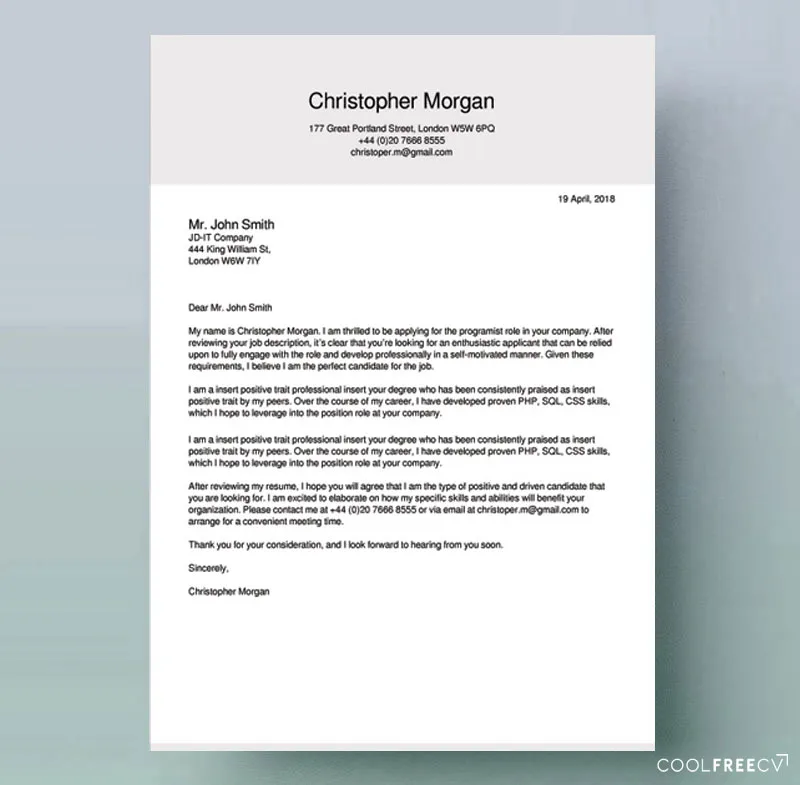Why Cover Letters Still Matter
In the age of online applications and streamlined hiring processes, you might wonder if cover letters are still relevant. The answer is a resounding yes! A well-crafted cover letter serves as your first impression, providing a valuable opportunity to introduce yourself beyond your resume. It allows you to showcase your personality, enthusiasm, and genuine interest in the role and company. While your resume lists your skills and experiences, your cover letter tells a story, connecting the dots and highlighting why you are the perfect fit. It’s your chance to stand out from the crowd and demonstrate that you’ve taken the time to understand the specific requirements of the job and the values of the organization. Ignoring this important step means missing the chance to make a compelling case for your candidacy and increasing your chance of getting an interview.
Understanding the Purpose of a Cover Letter
The primary purpose of a cover letter is to secure an interview. It’s a sales pitch, where you’re selling yourself as the ideal candidate. This document complements your resume by offering context, personality, and a clear explanation of why you’re interested in the specific role. Furthermore, it provides you with an opportunity to address any potential gaps or weaknesses in your resume. Maybe you have a career change? A cover letter can help you explain why your previous experience is still relevant. A good cover letter should also demonstrate your understanding of the company, the industry, and the specific challenges and opportunities the role presents. It is more than just a formality; it’s a strategic tool to demonstrate your suitability. This approach indicates you’ve done your research and are genuinely interested. The cover letter bridges the gap between you and the hiring manager, increasing your chances of getting an interview.
Key Components of a Stellar Cover Letter
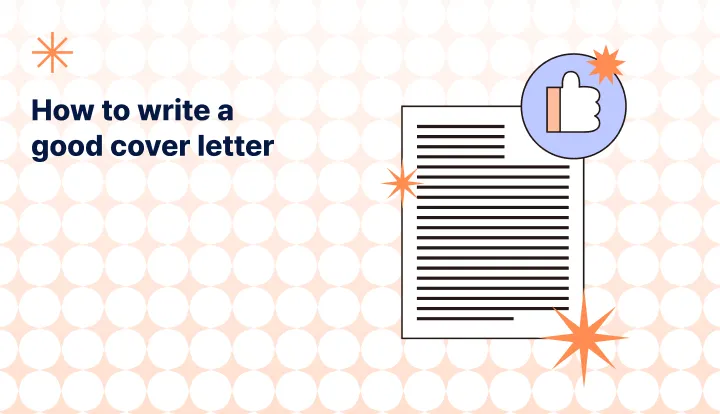
A winning cover letter follows a clear and concise structure, making it easy for the hiring manager to understand your key qualifications and motivations. A well-structured cover letter typically includes a header with your contact information, a personalized opening, a few compelling paragraphs highlighting your relevant skills and experiences, a statement of your enthusiasm for the role, and a strong closing with a call to action. The tone should be professional yet personable, reflecting your individual style and demonstrating your communication skills. The use of action verbs, quantifiable achievements, and specific examples helps bring your qualifications to life. Make sure you tailor the letter to the specific job description and the company’s values. This demonstrates your genuine interest and attention to detail. Keep the tone positive and enthusiastic. Proofread meticulously to eliminate any errors in grammar and spelling. A polished letter is a sign of professionalism.
The Header and Contact Information
Your cover letter should begin with a professional header, including your full name, address, phone number, and email address. If applying online, this may seem redundant, but it maintains a professional look and allows for easy contact. Follow this with the date and the hiring manager’s name and title, if known. If you can’t find a specific person’s name, address the letter to the hiring manager or the hiring team. Use a formal salutation, such as “Dear Mr./Ms./Mx. [Last Name]” or “Dear Hiring Manager”. This demonstrates that you’ve taken the time to research the company and personalize your application. Ensure your contact information is current and accurate. A simple mistake here can cost you the opportunity for an interview. Use a professional-looking email address. Ensure your email address presents a professional image. Double-check the spelling of the recipient’s name and title. Incorrect information can give a negative impression.
Crafting a Compelling Opening
The opening paragraph is your first opportunity to grab the reader’s attention. Avoid generic openings like “I am writing to apply for the position of…” Instead, make an immediate impact. State the position you are applying for and, if possible, mention how you found the job opening. Then, clearly state your enthusiasm and briefly highlight one or two key qualifications that align with the job requirements. You could also reference something specific that caught your attention about the company or the role. Tailor your opening to the specific job. Show, don’t just tell. Instead of saying “I am a highly motivated individual,” provide a brief example. The goal is to intrigue the hiring manager and make them want to read the rest of your letter. A strong opening sets the tone for the entire letter and helps you stand out from other applicants. Think of it as your hook.
Highlighting Your Skills and Experiences
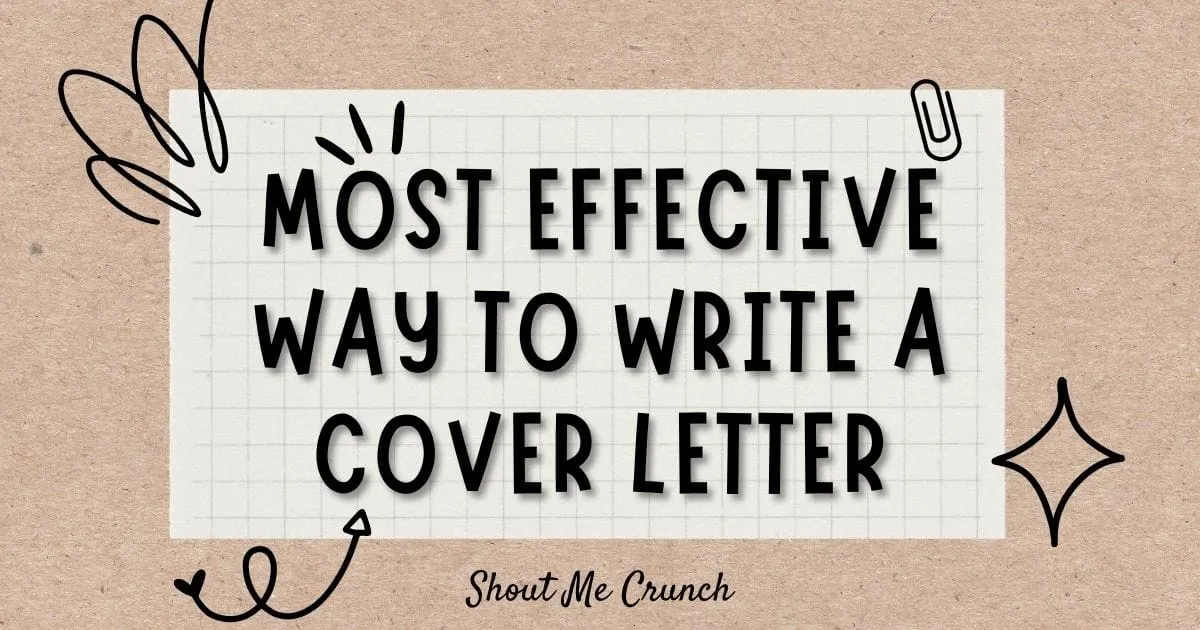
This is where you demonstrate your value to the potential employer. Select a few key skills and experiences that are most relevant to the job requirements. Provide specific examples that demonstrate those skills in action. Use the STAR method (Situation, Task, Action, Result) to structure your examples. Describe the situation, the task you were assigned, the action you took, and the positive result you achieved. Quantify your achievements whenever possible using numbers and data to illustrate your impact. For example, instead of saying “Improved customer satisfaction,” say “Increased customer satisfaction by 15% through implementing a new customer service protocol.” Use action verbs to describe your accomplishments. Focus on what you achieved and what you can bring to the new role. Tailor this section to the specific requirements of the job, emphasizing the skills and experiences that align most closely with the job description. Make sure you don’t just list what you’ve done; show the impact.
Tailoring Your Letter to the Job
A generic cover letter will likely end up in the trash. Every cover letter should be tailored to the specific job you are applying for. Carefully read the job description and identify the key requirements and keywords. Then, highlight your skills and experiences that directly match those requirements. Research the company and its culture. Understanding the company’s mission, values, and recent activities will help you tailor your letter. Mention specific projects, initiatives, or goals that resonate with the company’s vision. This demonstrates that you’ve done your homework and are genuinely interested in the position. Use the language from the job description to demonstrate your understanding of the role. This shows that you have taken the time to understand the specific needs of the company. Show how your skills can meet the needs of the business.
Show, Don’t Just Tell with Examples
Instead of simply stating your skills, back them up with concrete examples. Use the STAR method to describe specific situations where you demonstrated those skills. For example, if you claim to have strong leadership skills, describe a project or situation where you led a team to achieve a specific goal. Highlight the challenges you faced, the actions you took, and the positive results you achieved. Provide quantifiable achievements whenever possible. For example, describe how you increased sales, improved efficiency, or reduced costs. Provide specific details to prove your claims. Instead of saying you are a good communicator, describe a time you successfully presented to a large audience or resolved a complex issue with clear communication. Avoid generic statements, and use specific examples that support your claims. Make your achievements visible and compelling.
Expressing Enthusiasm and Fit
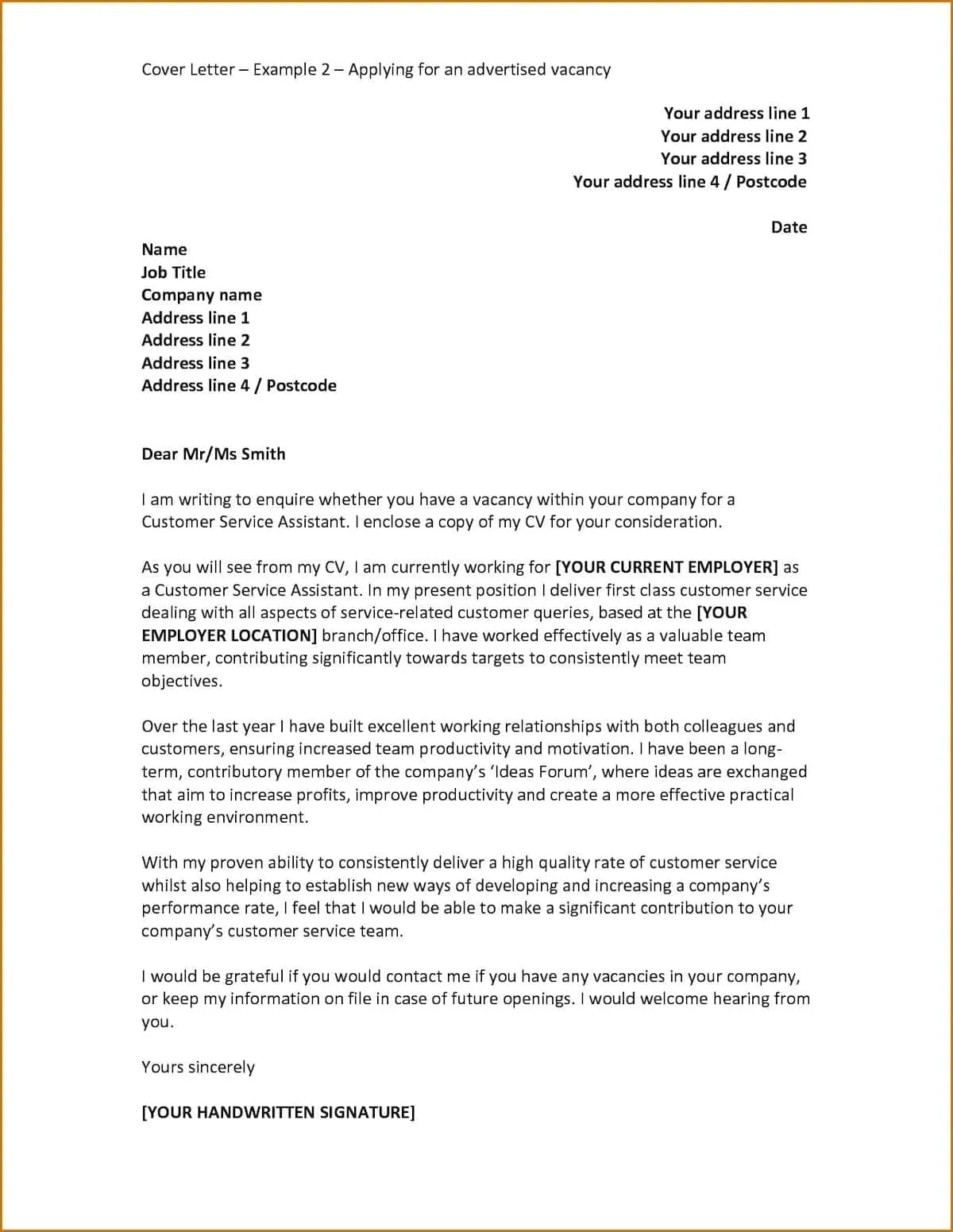
Demonstrate your genuine interest in the position and the company. Show that you’ve done your research by mentioning specific aspects of the company or role that excite you. Explain why you’re a good fit for the company culture. Describe how your values and goals align with the company’s mission. Avoid generic statements like “I am excited about the opportunity.” Instead, express your enthusiasm in a more specific and personal way. For example, “I am particularly drawn to [Company Name]’s commitment to [Company Value], and I believe my experience in [Relevant Skill] aligns perfectly with your goals.” Be authentic. Your enthusiasm will be contagious. Show that you’re not just looking for a job, but you want to be a part of their team.
Writing a Strong Closing
Your closing should reiterate your interest in the position and include a call to action. Reiterate your enthusiasm and summarize why you’re a good fit for the job. State your desire for an interview and make it easy for the hiring manager to contact you. Provide your phone number and email address again. Avoid generic closings like “Thank you for your time.” Instead, express your appreciation and state that you look forward to hearing from them soon. End with a professional closing, such as “Sincerely,” or “Best regards.” Proofread your letter once more before sending to catch any errors. Make a lasting impression by thanking the hiring manager for their time. A well-crafted closing leaves a positive impression and increases your chances of getting an interview.
Proofreading and Polishing Your Cover Letter
Proofreading is a crucial step that can make or break your application. Carefully review your cover letter for any errors in grammar, spelling, and punctuation. Use a spell checker, but also read the letter aloud to catch any mistakes the software may miss. Ensure your language is clear, concise, and professional. Have a friend or family member review your letter to provide a fresh perspective. They might catch errors you’ve overlooked. Check the formatting to ensure it is consistent and visually appealing. Your cover letter is a reflection of your attention to detail. Typos and grammatical errors can damage your credibility. Make sure your contact information is correct. Ensure the letter is well-organized and easy to read. A polished cover letter demonstrates your professionalism and commitment to excellence. Make sure you have your resume, too.
Common Cover Letter Mistakes to Avoid
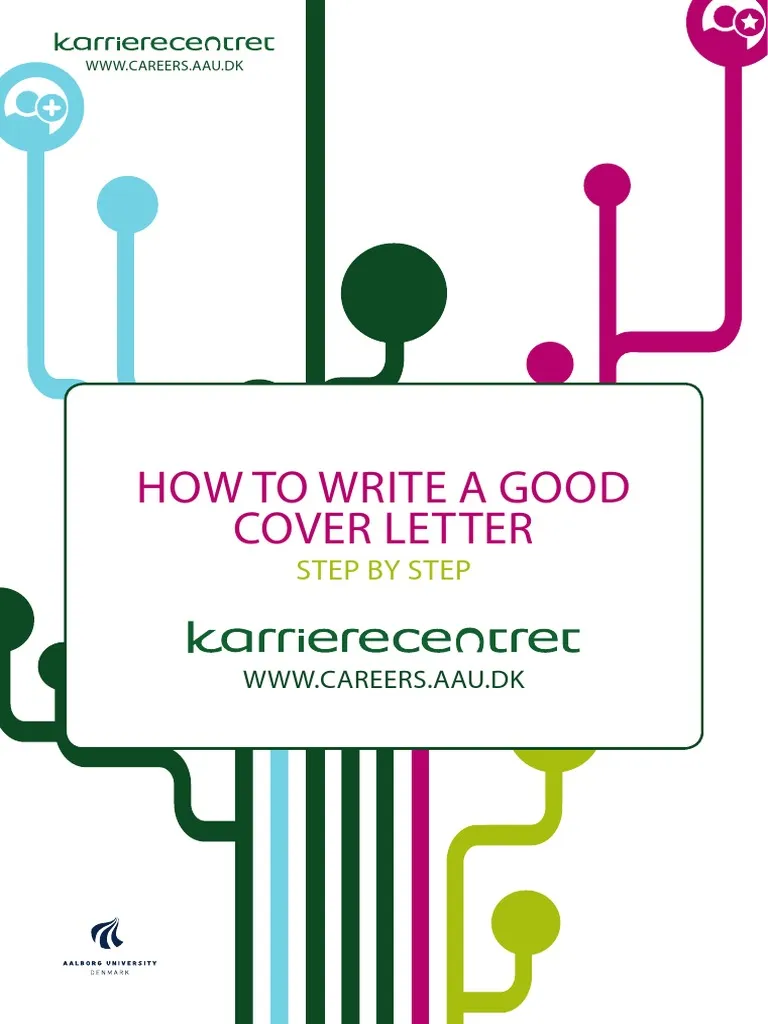
Avoid these common pitfalls to ensure your cover letter stands out for the right reasons. One of the biggest mistakes is sending a generic cover letter. Tailor each letter to the specific job and company. Don’t simply reiterate your resume. Use the cover letter to expand on your skills and experiences. Avoid typos, grammatical errors, and poor formatting. These mistakes can create a negative impression. Don’t use jargon, slang, or overly complex language. Write in a clear and concise manner. Do not include irrelevant information or unrelated experiences. Stick to what is relevant to the job. Avoid being too long. Keep your letter to one page. Don’t be negative or overly critical of previous employers. Maintain a positive and professional tone. Double-check all contact information. Ensure the email address and phone number are correct.
